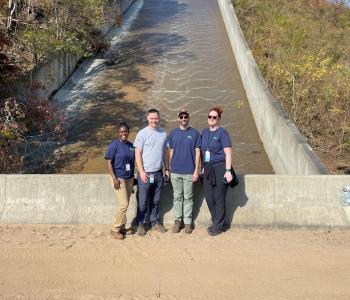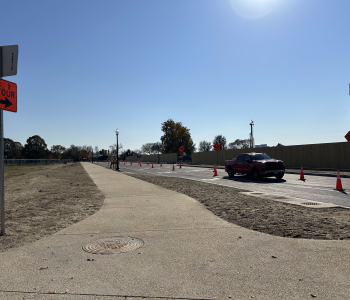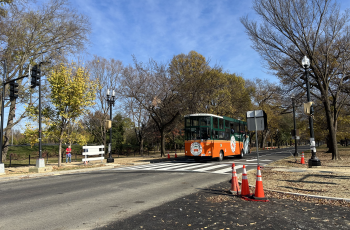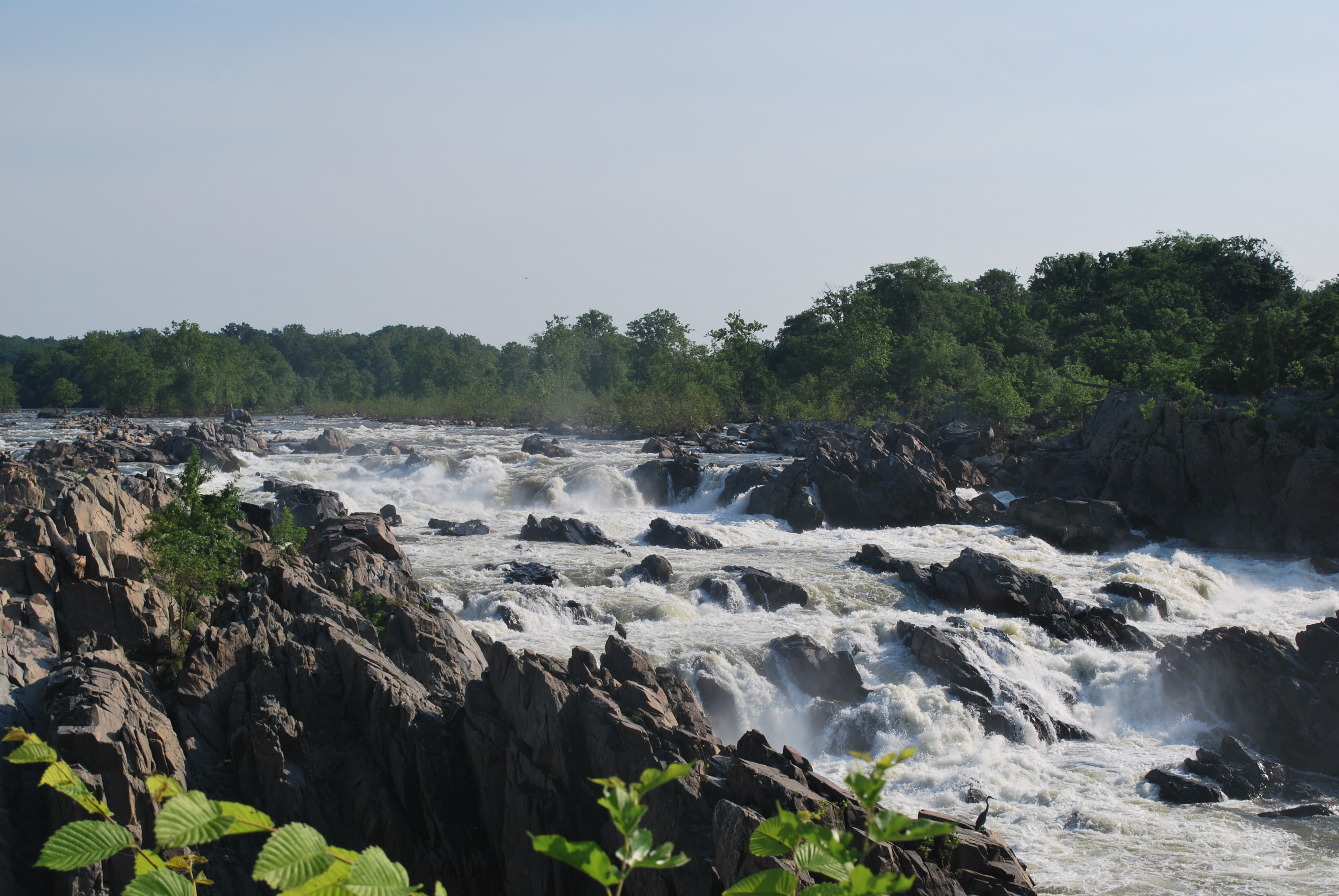Steep Cuts in Wastewater Pollution Leading Way in Chesapeake Bay Restoration;
Upgrades and operational efficiencies at wastewater treatment plants throughout the Chesapeake Bay watershed have achieved steep reductions in nitrogen and phosphorus pollution, putting this sector at the forefront of Bay restoration.
The wastewater sector has reduced nitrogen going to the Bay by 57 percent and phosphorus by 75 percent since 1985 and, for the first time, is effectively meeting its 2025 nutrient pollution limits in the landmark Chesapeake Bay pollution diet, or Total Maximum Daily Load, according to Chesapeake Bay Program analysis.
The wastewater sector is leading the way at this point in our efforts to restore the Bay and local waters, said U.S. Environmental Protection Agency Regional Administrator Shawn M. Garvin. While weve reached a critical milestone in reducing pollution from wastewater plants, we need to keep up the momentum and ensure that other sectors do their share.
An event marking the success of the wastewater sector was held today at the Blue Plains Advanced Wastewater Treatment Plant in Washington, D.C., the largest wastewater plant in the Chesapeake Bay watershed.
Since the Bay TMDL was established in 2010, the wastewater sector has cut nitrogen levels from 52 million pounds to 38 million pounds annually. This far exceeds the 2017 interim pollution goal for the sector, and effectively achieves the 2025 Bay TMDL target of 38 million pounds, according to the Chesapeake Bay Program.
Treatment plant upgrades driven by advances in technology, enforceable Clean Water Act permits and funding from multiple local, state and federal sources along with phosphorus detergent bans and operational reforms have produced local water quality improvements and widespread environmental and economic benefits.
Nitrogen is harmful when it enters waterways because it promotes algae growth that can deplete oxygen that fish and other aquatic life need to thrive, said George Hawkins, CEO of DC Water. Aquatic life in the Chesapeake Bay benefits when everyone in the watershed contributes to solving this problem. Treatment upgrades at our Blue Plains plant have cost over $1 billion and our contribution of nitrogen is now less than two percent of the watersheds total.
Since 2011, Blue Plains has discharged less than 4 million pounds of nitrogen per year, more than a 70 percent decrease compared to 1990 levels and well below its permitted levels.
"Our wastewater plants are workhorses for clean water and the Chesapeake Bay," said Maryland Secretary of the Environment Ben Grumbles. "The Hogan Administration is proud of Marylands success to date and is committed to partnering with these environmental leaders not only to reduce water pollution but also to achieve our energy sustainability, climate change and economic growth goals."
Moving forward, additional plants will be upgraded and new treatment technologies will be employed to help maintain the sectors progress in the face of continued growth in population.
The 472 municipal and industrial wastewater treatment plants in the Bay watershed have been designated as significant sources by the states and EPA and have annual nutrient pollutant limits in their Clean Water Act NPDES permits, providing the public with a legally enforceable assurance that pollutant reductions will be achieved.
The progress at Blue Plains, which serves thousands of Virginians in addition to the citizens of the District of Columbia and Maryland, and the upgrade of wastewater treatment plants in the Chesapeake Bay watershed is a critical part of the success we have seen to date in meeting our water quality goals, said Molly Joseph Ward, Virginia Secretary of Natural Resources. We still have much to do across the range of nutrient sources, but we can be rightly proud of this milestone and the ongoing improvements throughout the watershed that are getting us closer to a restored Chesapeake Bay.
Continuing investments in advanced wastewater treatment have exceeded $7 billion in the Bay watershed. The investments were largely triggered by a more rigorous permitting approach to nitrogen and phosphorus pollution from wastewater plants in the watershed beginning in 2004. The limits have since been reflected in the Bay TMDL and accompanying state-led, locally-driven Watershed Implementation Plans.
Other key facts and figures contained in an EPA fact sheet distributed at the event include:
In 1985, wastewater represented 28 percent of total nitrogen loading to the Bay and 39 percent of phosphorus loading. In 2015, however, wastewater plants represent only 16 percent of the loadings for each pollutant.
Over the last 30 years, treatment improvements at the 10 largest wastewater plants in the Bay watershed have cumulatively prevented 240 million pounds of nitrogen and 48 million pounds of phosphorus from entering the Bay.
For more information visit: https://www.epa.gov/chesapeake-bay-tmdl







